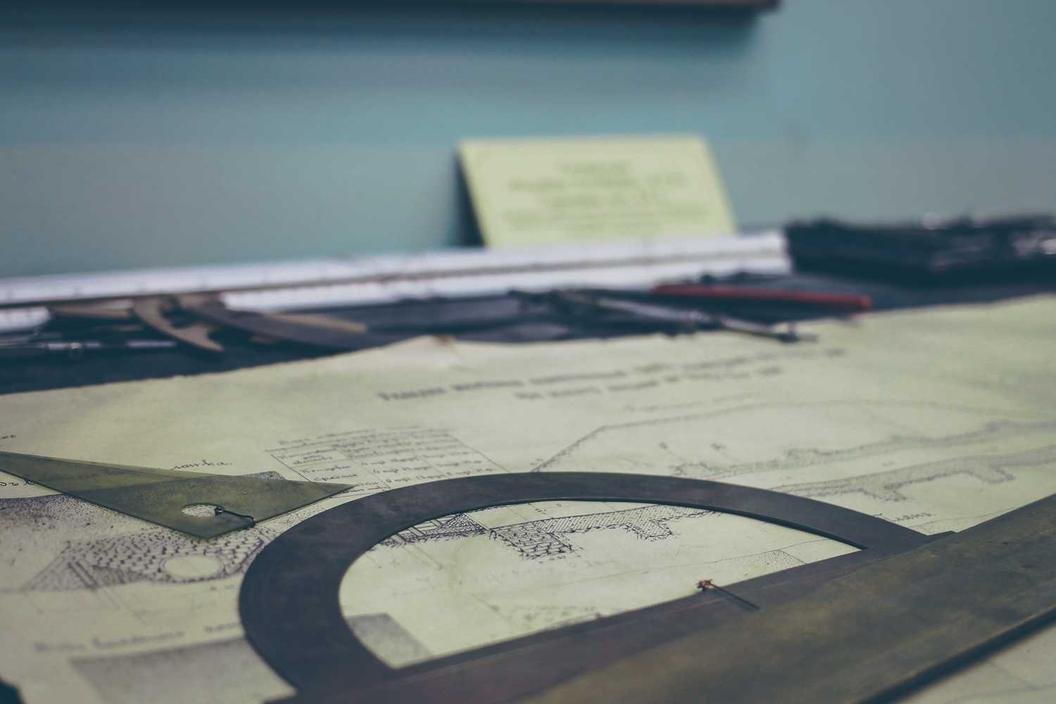Contact Us
(828) 538-2040What If I Told You There’s a Way to Afford Your Dream Home?
Imagine stepping into a world where your dream home isn’t just a fantasy but an attainable reality. Picture this: you’re hosting friends and family in the lavish living room of a cozy, elegant house tailored just for you. How do you get there? The answer lies in understanding how much house you can truly afford.
Your Financial Blueprint: Understanding Affordability
Grasping the concept of home affordability is crucial in today’s ever-changing real estate landscape. It’s not merely about how much money you make; it’s a complex equation that weighs your income against current debts, anticipated future expenses, and, of course, the loan terms you qualify for. Let’s dive in together and explore how you can craft your financial blueprint.
Crunching the Numbers: Your Budget Breakdown
To determine your budget, start with the 28/36 rule, a guideline suggesting that no more than 28% of your gross monthly income should go toward housing costs (including mortgage, property taxes, and insurance) and no more than 36% toward total debt. For example, if you earn $5,000 a month, ideally, your housing expenses shouldn’t exceed $1,400, while total debts should stay below $1,800.
Now, let’s say you apply for a mortgage. With average interest rates around 3.5% and a 30-year fixed loan term, you could be looking at a budget of approximately $238,000, depending on your down payment and credit score. This setup could help you realize your homeownership dreams sooner than you think!
Real-World Scenarios: Success Stories
Consider Jane and Mike, a young couple who were initially overwhelmed by the thought of homeownership. With a combined income of $80,000, they followed the 28/36 rule and were diligent about saving for a down payment. Within a year, they discovered the affordability of their dream home in Big Hills, turning their aspirations into reality. Their story serves as a testament to the incredible rewards of thorough financial planning.
With a combined income of $80,000, they followed the 28/36 rule and were diligent about saving for a down payment. Within a year, they discovered the affordability of their dream home in Big Hills, turning their aspirations into reality. Their story serves as a testament to the incredible rewards of thorough financial planning.
Innovations in Homebuying: Expanding Your Options
You won’t believe how simple it is to explore innovative financing options! Programs like first-time homebuyer assistance can open doors that seemed firmly shut. Many states offer down payment assistance, which can reduce your upfront costs significantly. According to a recent study, nearly 40% of first-time buyers utilized these programs, making homeownership more accessible.
Tips to Enhance Your Homebuying Experience
- Get Pre-Approved: Before house hunting, seek pre-approval from lenders to understand your budget better.
- Explore Diverse Financing Options: Research various mortgage products like FHA loans or VA loans—they could save you thousands!
- Understand Other Costs: Calculate additional expenses such as maintenance, utilities, and HOA fees to grasp the bigger picture.
Conclusion: Your Journey Begins Here
As you navigate through the complexities of home financing, remember that your journey to homeownership is unique. By understanding what you can afford, exploring financial assistance, and taking proactive steps, you can secure a bright future filled with the warmth and joy of your own home.
Big Hills
Author




